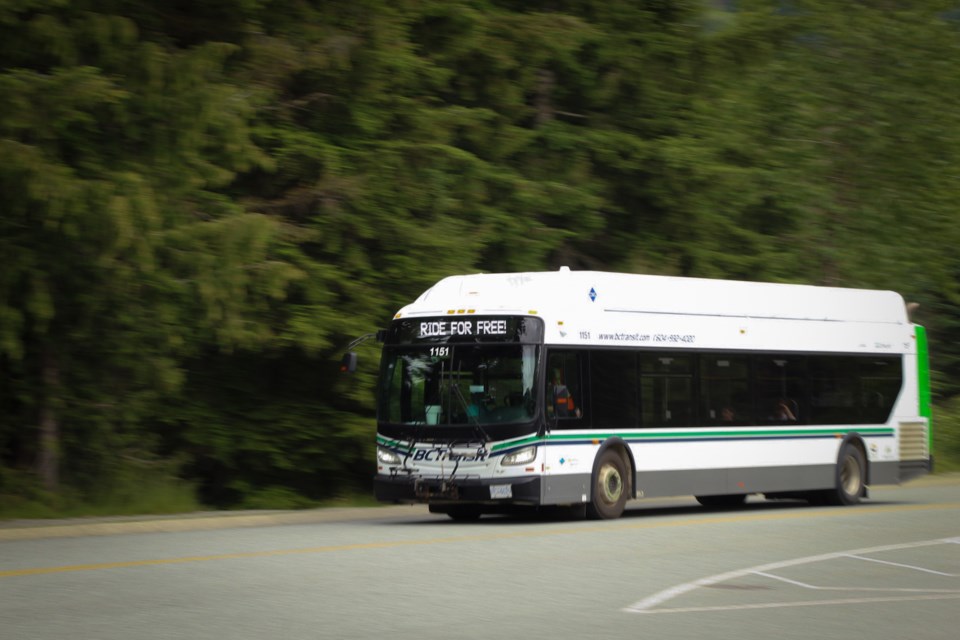As the Resort Municipality of Whistler (RMOW) and BC Transit review local fare pricing through a public survey, a critical question looms: who should pay for public transit, and at what cost?
The Whistler Fare Review Survey, currently open for public input, seeks to evaluate whether existing fares strike the right balance between affordability, ridership growth, and cost recovery—defined as the percentage of operating expenses covered by passenger fares.
Transit demand has grown significantly since the last fare adjustment in 2020, according to BC Transit. So too has the cost of running the service. The review asks residents how they use public transit and gauges public response to a potential fare increase.
The consideration of a fare hike is troubling from a social, equity and environmental standpoint for a number of reasons. It can be summarized by a response to one particularly striking section of the survey; an agree/disagree statement that: "Passenger fares should contribute more to reduce the need for increases in property taxes or parking fees.”
This statement reflects a biased and regressive framing of public transit funding. It assumes transit users, often lower-income residents, service workers, youth, and those without access to a car, should bear a greater burden for a public good that benefits the entire community.
A regressive shift
Currently, fare revenue is already the largest single local contribution to transit funding in Whistler, covering roughly 16 per cent of total costs. Shifting more of the burden onto riders, many of whom are transit-dependent, could further entrench social inequality.
Meanwhile, the alternatives—property taxes and parking fees—are far more progressive tools. These would place a greater share of the responsibility on those with more means: homeowners and drivers, groups statistically more likely to be financially secure. Prioritizing property owners and car users over transit riders isn’t just an issue around equity, it directly undermines the RMOW’s own climate action goals. You can’t say you want to reduce emissions while making it harder for people to choose sustainable travel.
Climate commitments at stake
Under its 2020 Big Moves plan, Whistler has committed to slashing greenhouse gas emissions by 50 per cent from 2007 levels by 2030. A key pillar of that plan is to “Move Beyond the Car”—with a target of having half of all trips made via public or active transportation.
As of 2023, personal vehicles still accounted for 53 per cent of Whistler’s emissions. Keeping transit affordable and attractive is essential to reducing that figure.
Two of the plan’s specific commitments stand out:
- 1.1 Increase public transport use by keeping fares affordable and service frequent and efficient through finalizing and implementing the BC Transit Future Action Plan (BC TFAP) and its outlined coordinated approach to make transit a preferred choice for personal transport.
- 1.4 Continually improve accessibility, inclusiveness and the overall travel experience of public transit.
A fare increase would fly in the face of both.
The public’s voice matters
This is more than just a conversation about bus fares—it's a decision that will shape Whistler’s future. Will the community double down on sustainability and equity, or shift the burden to those least able to pay?
Residents have a chance to weigh in now until April 22, and their input could make a real difference.
Sam Gardener is a youth advocacy committee member for the Association of Whistler Area Residents for the Environment (AWARE). Pegah Pourkarimi is its executive director. AWARE works with the community to deliver bold, inspiring evidence-based solutions to the environmental issues that affect Whistler.




